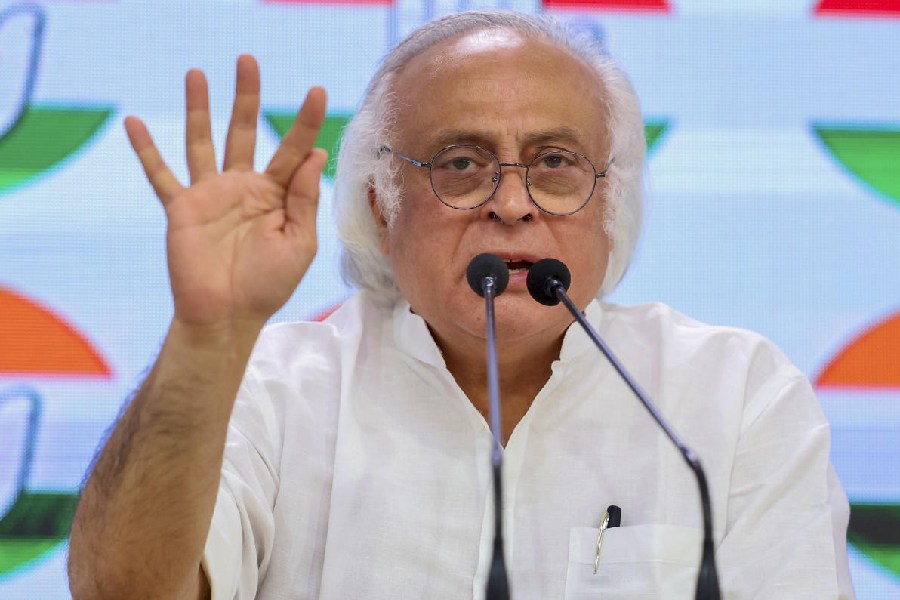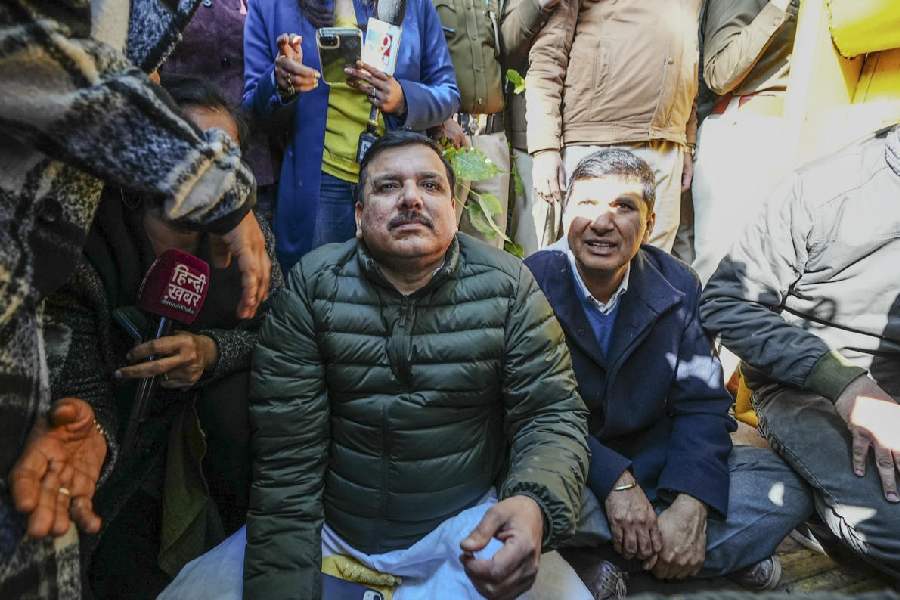Last month’s collapse of the Silicon Valley Bank in the United States of America, leading to the fall of another bank and the rapid takeover of Credit Suisse by UBS in Switzerland, is the newest tremor to rock the world economy. This continues a succession of shocks that include a pandemic, a war, and an energy crisis in the third such year. Even if the banking turbulence — for now confined to some parts of the advanced world and seemingly contained — does not ultimately lead to a full-blown financial crisis engulfing the world economy, it portends the possibility. It’s a severe hit to confidence integral to finance at large but especially to banks, the most special of all financial institutions and a mirror of the real economy. It has heightened financial stability risks, alerted policymakers to the contagion, and pushed up uncertainty several notches higher than it already was. At the minimum, the latest shock which, in the end, could be something big or a mere disturbance, has injected caution in economic actions, policies, and prospective outlooks.
It wasn’t anticipated to be an easy year to start with. As a mixture of recovering from previous shake-ups and their main fallout — inflation resurgence and higher interest rates — there were good reasons for the gloomy outlook. The global monetary tightening has been outstanding in its synchronisation combined with one of the most aggressive rate hikes in the US in decades. Distinguished by its role in the world economy, the steep swing in the US follows extraordinarily high inflation that proved far stickier and long lasting than perceived initially. A slowdown or a recession was universally anticipated at some point therefore, as the consequences of past and continuing monetary actions played out through the year. Indeed, economic strains might have been more intense and visible sooner had it not been for the positive impetus from China’s surprise shift from a zero-Covid policy to reopening in mid-January — one-third of global growth in 2023 is owing to China as assessed by the International Monetary Fund.
The global banking disruption casts another shadow. So far, there have been no further events in either the US or in Europe. Nor has there been contagion in other countries, including the emerging markets and developing economies, except for financial volatility spillovers to asset prices, including exchange rates, which have been manageable. The swift responses of US authorities covering liquidity support, temporary credit lines, and assurance to depositors appear to have arrested the spread. But it remains uncertain for how long. When confidence is damaged or suffers a setback, apprehensions about ‘who, what, and/or where next?’ linger. When this involves banks, credit-tightening or a lending freeze pulls down production and employment. Presently, market participants’ views remain unsettled as to which is the bigger risk — financial stability or inflation; neither rules out the adverse impacts upon growth and the battle may yet intensify.
Even if the fears lift, the fact that there will or could be more accidents ahead is reinforced by financial excesses that enhance vulnerability. The deeper underlying point here is that the world, especially the advanced economies, is reconfiguring to new macroeconomic settings — a reversal of the benevolent environment of low inflation-interest rates and abundant liquidity prevalent for well over one decade with a steady build-up of debt, private as well as public, with the latter pushed up to alarming levels by the pandemic.
It is a radical shift. Adjustments in the context of such excesses are extremely difficult and are fraught with fragility. Several commentators doubt the resilience and the readiness of the US financial system to handle the return of inflation and monetary policy tightening without disruption. This raises a red flag for the global economy. Furthermore, while inflation benefits debtors by eroding the real values, it also raises the costs of debt-servicing or interest payments. If growth and revenues disappoint, defaults or difficulties in meeting debt obligations push countries into distress or crises, exacerbating the negative spiral. Such consequences have been playing out in many vulnerable countries, such as Sri Lanka, Ghana, Pakistan and Zambia, to name some.
The World Bank recently warned of a ‘lost decade’ ahead because of a decline in the global long-term growth potential to its lowest in three decades owing to the pandemic and Russia’s invasion of Ukraine. The multilateral body underlined that weakening capital accumulation, the growth of labour force, and total factor productivity could be more pronounced if financial crises were to erupt in the major economies and trigger a recession; conditions and outcomes would then be worse for the EMDEs, whose average annual growth of 6% in 2000-10 is expected to lower to 4% in this decade.
With the eruption of fresh turbulence in banks, the closest link in the interest rate passage, and the related spectre of financial instability, the odds have risen. Last week, ahead of its spring update, the IMF chief cautioned that its outlook for global economic growth over the next five years is the weakest since 1990 — it foresees a growth of about 3% in the next five years due to the impact of higher interest rates. The figure is lower than the five-year average of 3.8% in the past two decades.
In such a landscape and under such circumstances, the policymaker is unwilling to respond in any other way than with caution and is likely to retreat or retain space for further unexpected shocks. The inflation battle is not yet won decisively in the US or in most other countries, including India. Last week, the governor of the Reserve Bank of India underlined global financial stability risks, saying the central bank was keeping a close watch on the banking sector disturbances in some developed countries. Defying expectations, its monetary policy committee held its policy rate and marginally raised real GDP growth forecast for this year (to 6.5% from 6.4%), deviating from the professional forecasters’ median projection (6%) and opposite that of agencies like the World Bank and the Asian Development Bank, which recently lowered their India growth outlooks. At the moment, hoping for the best while preparing for worse is the best course.
Renu Kohli is an economist with the Centre for Social and Economic Progress, New Delhi











